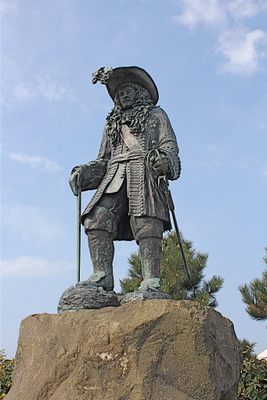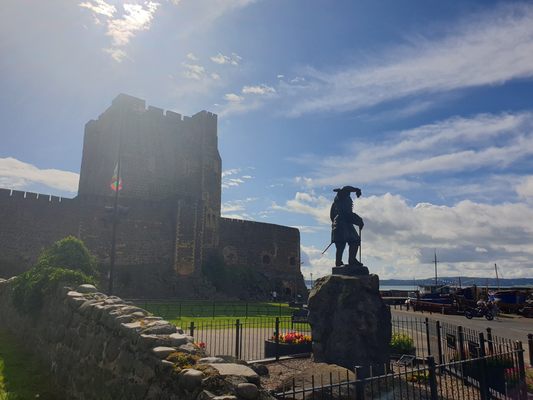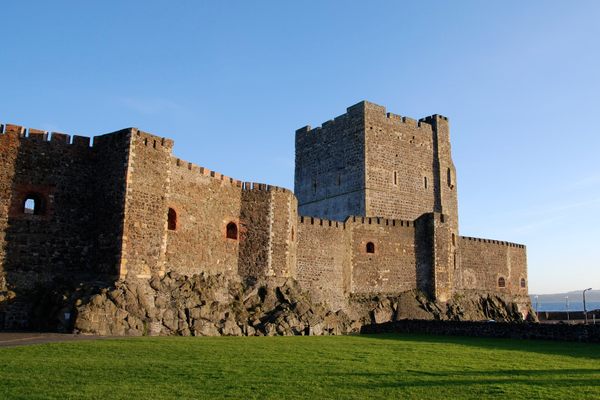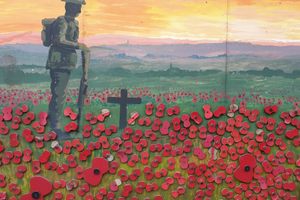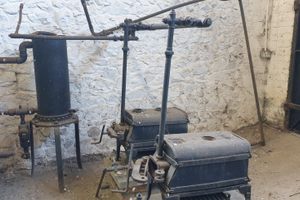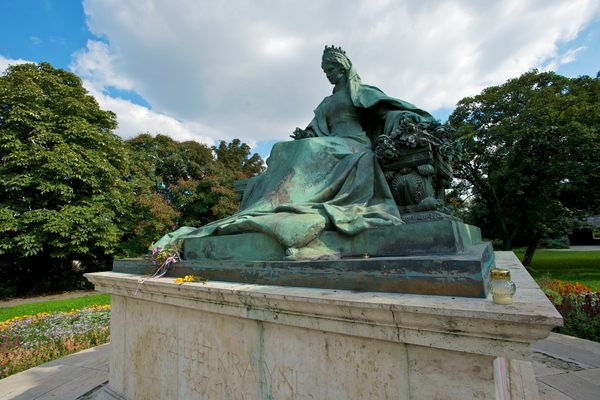About
A life-size bronze statue of King William III stands outside of Carrickfergus Castle in Northern Ireland, overlooking the harbor. It was commissioned to mark the 300th anniversary of the king's 1690 landing in Carrickfergus.
William III, born William Henry and commonly known as William of Orange, was the sovereign Prince of Orange from the time he was born, as his father William II died a week before the prince's birth in 1650. Young William was born in the Protestant Dutch Republic to Mary, the eldest daughter of King Charles of England, Scotland, and Ireland at the time. In 1677, William married the eldest daughter of James, Duke of York, and the younger brother of King Charles. As a result of this marriage, his Protestant background, and his leadership in battle, William was seen as the likely successor to the English throne. But after King Charles died, James took his place as the King of England, and things started to change in Scotland and Ireland.
James II had not been the most popular choice to succeed his brother, as he had switched his faith to Catholicism after marrying an Italian princess and he had reached out a hand of friendship to the French. This displeased the Protestant majority across England, and friendship with their old enemy France was the last straw for many English politicians.
On June 30, 1688, a group of those politicians wrote an open letter to William, expressing their support for him in an invasion of England. On November 5, 1688, William landed in England at Brixham with a fleet of ships that was said to be considerably larger than the fleet of the Spanish Armada. James II was removed as Crown of England during what was called the “Glorious Revolution,” but William allowed James to flee the country as he did not want his death to be used as a martyr for any Catholic Rebellion. On January 2, 1689, William ascended the throne as William III of England—but James was not finished with William.
On June 14, 1690, William sailed from Hoylake in Merseyside, landing in the port town of Carrickfergus with the intention of taking Dublin and seizing control of Ireland from King James II of Ireland and Scotland (James VII of Scotland) and preventing him from establishing a rebellion to his Crown. James and around 24,000 troops including 6,000 French troops didn’t want King William III’s Army to reach Dublin and marched out to meet his army. The battle was fought on the River Boyne near Drogheda on July 1, 1690, and William III’s 36,000-strong army was victorious in battle and the Williamite army marched triumphantly into Dublin two days after the battle. James’s however fled the battle and returned to exile in France to the disapproval of his follows who derisively nicknamed him “James the Shit”.
Related Tags
Know Before You Go
The King William III Statue is located opposite the historic Carrickfergus Castle on the grass area outside the Castle grounds. There is a free Car Park opposite the Castle and there is good public transport (Bus and Trains from Belfast) routes and even tours to the Castle and its surrounding areas.
Published
September 2, 2021
Sources
- https://en.wikipedia.org/wiki/Battle_of_the_Boyne
- https://www.historic-uk.com/HistoryUK/HistoryofEngland/William-Of-Orange/
- http://www.bbc.co.uk/history/british/civil_war_revolution/william_iii_01.shtml
- https://en.wikipedia.org/wiki/William_III_of_England
- https://en.wikipedia.org/wiki/Siege_of_Carrickfergus_(1689)
- https://discovernorthernireland.com/things-to-do/king-william-statue-p677001
- https://discovernorthernireland.com/things-to-do/king-william-statue-p677001
- https://collections.rmg.co.uk/collections/objects/11822.html
